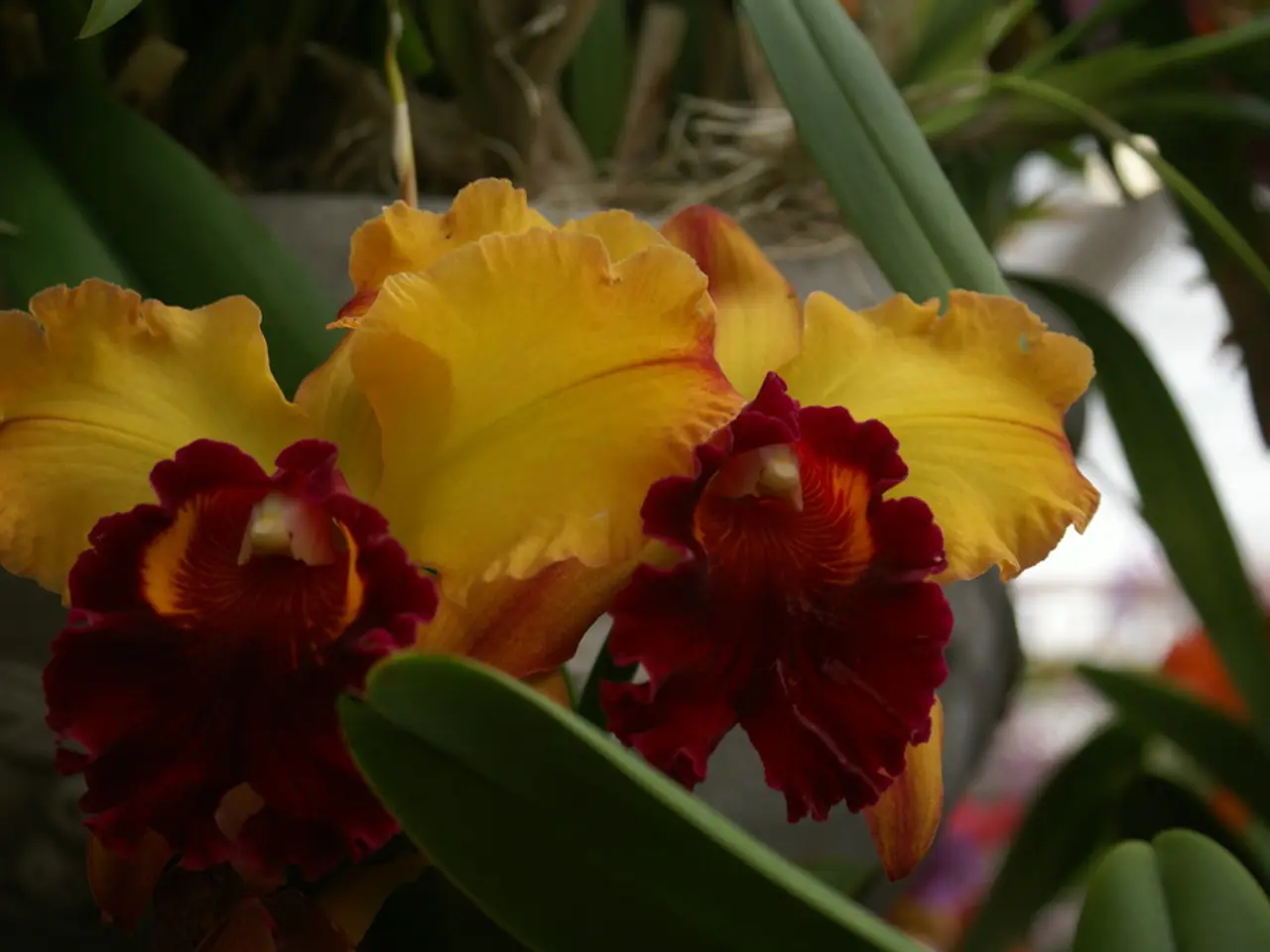Prune Away! Discover the 7 Blossoming Plants to Trim in August for a Spectacular Late Summer Display of Flowers
In August, the garden is a riot of colours, but as the blooms start to fade, it's time to wield the pruners and shears to extend the flowering season and maintain plant health. Here's a guide to the best perennials to cut back in August and how to do it.
The Right Cuts at the Right Time
Making cuts on summer blooming plants can have a positive impact on their vitality. Wait until the initial flowering has completely faded before trimming, and use clean, sharp shears to make precise cuts.
Salvia nemorosa, Bee Balm (Monarda), Yarrow (Achillea), Daylilies (Hemerocallis), Hardy Geraniums, Coreopsis, Nepeta (Catmint), Hyssop Anise (Agastache), Tall Garden Phlox, and Echinacea (Purple Coneflower) are some of the best flowering perennials to cut back in August for a second flush of flowers.
- Salvia nemorosa: Cutting back promotes additional blooms and keeps the plant compact.
- Bee Balm: Removing about one-third of the stems in August improves air circulation, reduces disease risk, and encourages new blooms.
- Yarrow: Cutting faded flower stalks down to the base enables a fresh flush of flowers.
- Daylilies: Removing spent flower stalks and yellowed leaves tidies the plant and encourages reblooming.
- Hardy Geraniums and Nepeta (Catmint): Light pruning or deadheading supports renewed bloom cycles.
- Coreopsis: Shearing after the first bloom encourages another flush later in summer.
- Hyssop Anise (Agastache): A light trim after the first bloom results in a second floral wave within weeks.
- Tall Garden Phlox and Echinacea: Cutting back spent flowers can refresh growth and stimulate further blooming.
Specific Tips for Specific Plants
- Alstroemeria: Gently tugging the stem of the fading flower near the base can stimulate a second flush of flowers.
- Lantana: Snipping off the top few inches of growth fires up the plant into its next flowering phase. A light trim in August using bypass pruners can also benefit Lantana.
- Lady's Mantle: Cutting back by around half its size midsummer stimulates a second flush of new leaves and blooms. A hard prune shakes the plant out of its summer stupor and prompts a delightful second flush.
- Catmint: It's fine to chop off some foliage as well as the spent florals when cutting back for a second bloom. A summer cut encourages a second flurry of blooms and gives Catmint a pleasing compact shape.
The Right Tools for the Job
For chopping soft stalks that are less than pencil thick, the Spear & Jackson Vintage Bypass Pruner & Snips are suitable.
A Healthier Garden
Clearing away worn-out foliage, spent stems, and faded flowerheads contributes to the overall health of summer blooming plants. It reduces disease risk, improves airflow, and gives your garden a neater, fresher look around the edges.
So, grab your pruners and shears, and get ready to extend your garden's blooming season and maintain its health. Happy pruning!
- Incorporating home-and-garden activities such as gardening in your lifestyle can extend your garden's blooming season and contribute to the overall health of your summer blooming plants.
- To maintain the vitality of your perennials like Salvia nemorosa, Bee Balm, and Yarrow, make precise cuts using clean, sharp shears after their initial flowering has completely faded.




